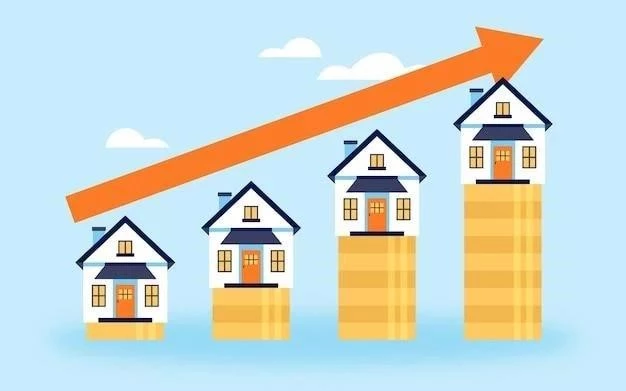Table content
## March 14, 2025: Refinance Percentages Reach a Three-Week Peak
Following a decline to a four-month nadir last week, percentages for 30-year mortgage refinancing are currently increasing. On Thursday, the typical percentage increased by 13 basis points to 6.94%, almost a quarter-point greater than the recent nadir of 6.71%.
While still superior to the peak of 7.30% observed in mid-January 2025, today’s 30-year refinance percentages remain elevated compared to the two-year nadir of 6.01% that we observed back in September. Kiyosaki: Global Economy Declining, Predicts Bitcoin at $200,000
Nearly all other kinds of refinance loans experienced increases on Thursday. The average for 15-year and 20-year refinancing increased by 12 and 14 basis points, respectively, whereas jumbo 30-year averages saw a substantial increase of 18 basis points.
### Important Reminder:
Don’t be deceived by those extremely low percentages you observe advertised online! The percentages we publish are not directly comparable to those teaser percentages because they are hand-picked to appear as appealing as possible. Those teaser percentages might necessitate you to pay points in advance, or they might be predicated on assumptions such as an extremely high credit score or a loan amount that is lower than average. The actual percentage you obtain will hinge on factors such as your credit score and income, so it might diverge from the averages you observe here.
Given that percentages can fluctuate considerably between lenders, it’s consistently a prudent action to comparison shop and evaluate percentages frequently to locate the optimal mortgage refinance arrangement, irrespective of the type of home loan you’re seeking.
Employ our mortgage calculator to approximate your monthly payments for diverse loan scenarios.
## What Causes Mortgage Percentages to Increase or Decrease?
Home loan percentages are impacted by a complicated interaction of financial and sector elements, consisting of:
* Patterns and degrees in the bond marketplace, particularly the 10-year U.S. Treasury return.
* The Federal Reserve’s existing financial plan, especially in money and buying government-backed home loans.
* Rivalry amongst various funding kinds and home loan lending institutions.
It’s usually challenging to determine a solitary source for price modifications, as these elements can vary all at once.
Throughout much of 2021, financial elements maintained home loan percentages reasonably reduced. In reaction to the pandemic’s financial stress, the Federal Reserve was getting billions in bonds, considerably affecting home loan percentages.
Beginning in November 2021, the Fed started decreasing these acquisitions, getting to net-zero by March 2022.
From that time till July 2023, the Fed strongly increased the government funds price to battle high rising cost of living. While the government funds price can influence home loan percentages, it’s not a straight connection. As a matter of fact, they can often relocate contrary instructions. Toncoin (TON) Value Forecast for March 26th
Nonetheless, the Fed’s historic price walkings in 2022 and 2023– increasing the standard price by 5.25 portion factors in 16 months– resulted in a considerable rise in home loan percentages over the previous 2 years.
The Federal Reserve kept the government funds price at its optimal for virtually 14 months, beginning in July 2023. However in September, the reserve bank revealed its very first price cut of 0.50 portion factors, complied with by cuts of 0.25 portion factors in November and December.
Nonetheless, at its very first conference of the New Year, the Fed chose to
Maintain Stable Interest Rates: Refrain from anticipating another rate decrease from the monetary authority in the near future. During their assembly on December 18th, the Federal Reserve disseminated their periodic interest rate forecasts. These exhibited that the average anticipation among the Fed executives was for merely a couple of quarter-point rate diminishments in the subsequent year. Taking into account that they possess eight rate-determining assemblies annually, it seems as though we’re in for numerous ‘no alteration’ pronouncements all through 2025.
## The Way We Monitor Home Loan Rates
The state and nationwide standards we’ve specified originate straight from Zillow’s Mortgage API. They’re established on a loan-to-value proportion (LTV) of 80% – implying an initial installment of at least 20% – and a credit evaluation between 680 and 739. The rates you observe here are what debtors with that outline should commonly anticipate being presented by creditors, grounded on their capabilities. Bear in mind these might be dissimilar from the super-low ‘introductory’ rates you occasionally observe publicized. © Zillow, Inc., 2025. Utilization is liable to Zillow’s terms of service.


